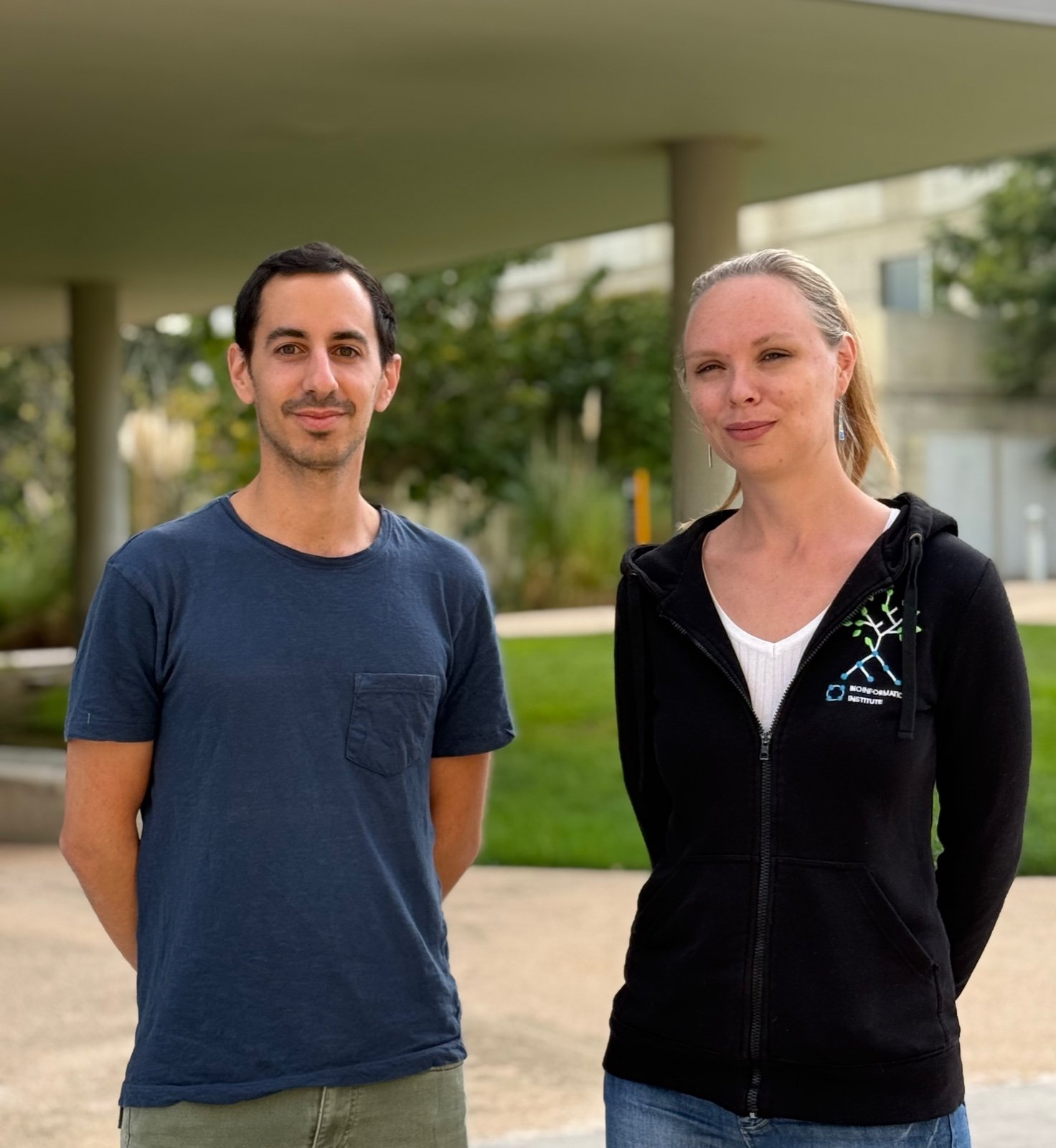Global futures markets were thrown into chaos for several hours after CME Group, the world’s largest exchange operator, suffered one of its longest outages in years, halting trading across stocks, bonds, commodities and currencies.
By 13:35 GMT on Friday, trading in foreign exchange, stock and bond futures as well as other products had resumed, after having been knocked out for more than 11 hours because of an outage at an important data centre, according to LSEG data.
Recommended Stories
list of 4 itemsend of list
CME blamed the outage on a cooling failure at data centres run by CyrusOne, which said its Chicago-area facility had affected services for customers, including CME.
The disruption stopped trading in major currency pairs on CME’s EBS platform, as well as benchmark futures for West Texas Intermediate crude, Nasdaq 100, Nikkei, palm oil and gold, according to LSEG data.
‘A black eye’
Trading volumes have been thinned out this week by the United States Thanksgiving holiday, and with dealers looking to close positions for the end of the month, there was a risk of volatility picking up sharply later on, market participants said.
“It’s a black eye to the CME and probably an overdue reminder of the importance of market structure and how interconnected all these are,” Ben Laidler, head of equity strategy at Bradesco BBI, said.
“We complacently take for granted that much of the timing is frankly not great. It’s month-end, a lot of things get rebalanced.”
“Having said that, it could have been a lot worse; it’ll be a very low-volume day. If you’re going to have it, there would have been worse days to have a breakdown like this,” he said.
Futures are a mainstay of financial markets and are used by dealers, speculators and businesses wishing to hedge or hold positions in a wide range of underlying assets. Without these and other instruments, brokers were left flying blind, and many were reluctant to trade contracts with no live prices for hours on end.
“Beyond the immediate risk of traders being unable to close positions – and the potential costs that follow – the incident raises broader concerns about reliability,” said Axel Rudolph, senior technical analyst at trading platform IG.
A few European brokerages said earlier in the day they had been unable to offer trading in some products on certain futures contracts.
Regulators are tracking the situation, with both the Commodity Futures Trading Commission and Securities and Exchange Commission confirming they are aware of the issue and conducting ongoing surveillance.
Biggest exchange operator
CME is the biggest exchange operator by market value and says it offers the widest range of benchmark products, spanning rates, equities, metals, energy, cryptocurrencies and agriculture.
Average daily derivatives volume was 26.3 million contracts in October, CME said earlier this month.
The CME outage on Friday comes more than a decade after the operator had to shut electronic trading for some agricultural contracts in April 2014 due to technical problems, which at the time sent traders back onto the floor.
More recently, in 2024, outages at LSEG and Switzerland’s exchange operator briefly interrupted markets.
CME’s own shares were up 0.4 percent in premarket trading.








